WINDOWS 10 PRO x64 RS5 INCL OFFICE 2019 M1Y 2019
Windows 10 Pro x64 RS5 incl Office 2019 May 2019 Download Latest OEM RTM version. Bootable ISO Image of Windows 10 Pro RS5 incl Office 2019.
Windows 10 Pro x64 RS5 incl Office 2019 May 2019 Overview
Microsoft introduced Windows OS in the mid 80s and since then it has become the most widely used operating system all over the world. This operating system has got this fame just because it was user friendly, stable and secure. Windows has come up in many editions and Windows 10 is the latest one of them. Today we are going to review Windows 10 Pro x64 RS5 incl Office 2019 May 2019. You can also download Windows 10 Gamer Elegant Edition 2019.

Windows 10 Pro x64 RS5 incl Office 2019 May 2019 has been equipped with Office 2019 ProPlus VL 64bit. It has also been equipped with .NET Framework 3.5 and Windows Media Player 11 which will take your media handling experiences to a whole new level. It has also got Diagnostics and Recovery Toolset 10.0. You can also download Windows 10 Pro Redstone 5 Mar 2019.
[ RELEASE INFO ]
- File: RS5X64.OFF19.ENU.MAY2019.iso
- Size: 4,88GB
- Format: Bootable ISO
- CRC32: bdcfd5e9
- MD5 : 4ac3827fcae2cbea4de10eda538c279f
- SHA-1: 0ac25c91caa27034e922ef8df7c66e5389337203
[ CONTENTS ]
Integrated / Pre-installed:
- Office 2019 ProPlus VL 64bit
- Servicing Stack Update:
- KB4493510
CumulativeUpdate:
- KB4495667
- Cumulative Update for
- .NET Framework 3.5 and 4.7.2:
- KB4489192
- Flash Player Security Update:
- KB4493478SetupComplete / Post-install:
- .NET Framework 3.5
- Windows Defender Updates
[ EDITIONS INCLUDED ]
- Windows 10 Pro incl Office 2019
- Activators: OnlineKMS + DigitalLicense
Screenshots:




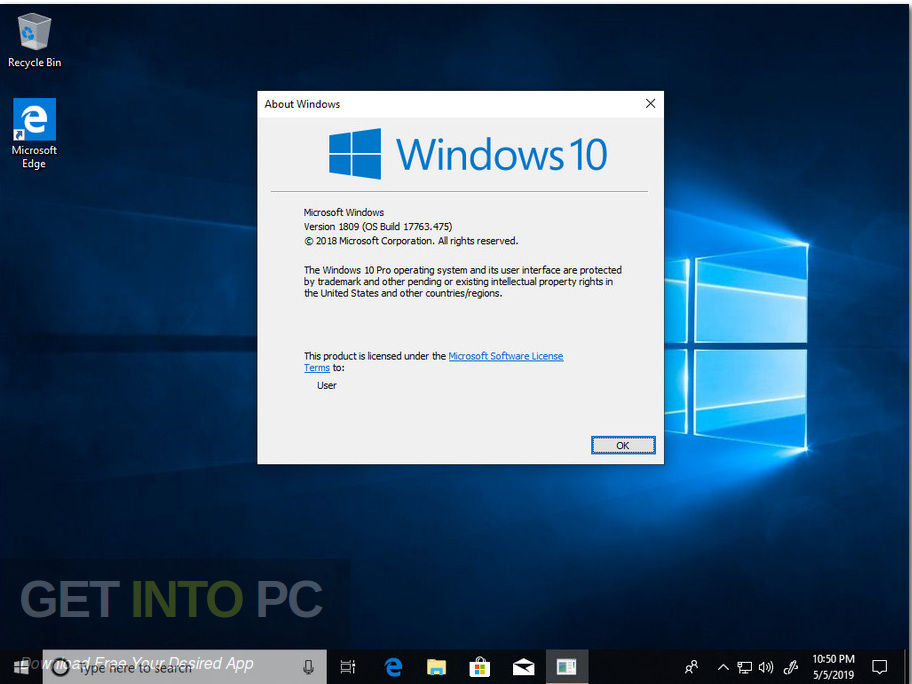


Features of Windows 10 Pro x64 RS5 incl Office 2019 May 2019
Below are some noticeable features which you’ll experience after Windows 10 Pro x64 RS5 incl Office 2019 May 2019 free download.
- A very stable, user friendly and secure operating system.
- Equipped with Office 2019 ProPlus VL 64bit.
- Equipped with .NET Framework 3.5 and Windows Media Player 11 which will take your media handling experiences to a whole new level.
- Got Diagnostics and Recovery Toolset 10.0.
Windows 10 Pro x64 RS5 incl Office 2019 May 2019 Technical Setup Details
- Software Full Name: Windows 10 Pro x64 RS5 incl Office 2019 May 2019
- Setup File Name: RS5X64.OFF19.ENU.MAY2019.iso
- Full Setup Size: 4.9 GB
- Setup Type: Offline Installer / Full Standalone Setup
- Compatibility Architecture: 64 Bit (x64)
- Latest Version Release Added On: 09th May 2019
- Developers: Windows
System Requirements For Windows 10 Pro x64 RS5 incl Office 2019 May 2019
Before you start Windows 10 Pro x64 RS5 incl Office 2019 May 2019 free download, make sure your PC meets minimum system requirements.
- Memory (RAM): 1 GB of RAM required.
- Hard Disk Space: 16 GB of free space required.
- Processor: Intel Dual Core Processor or later.
Windows 10 Pro x64 RS5 incl Office 2019 May 2019 Free Download
Click on below button to start Windows 10 Pro x64 RS5 incl Office 2019 May 2019 Free Download. This is complete offline installer and standalone setup for Windows 10 Pro x64 RS5 incl Office 2019 May 2019. This would be compatible with both 32 bit and 64 bit windows.
Related Posts
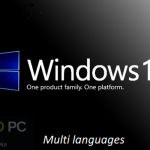 Windows 10 Pro x64 Redstone 5 Multi-Language-24 ISO Download
Windows 10 Pro x64 Redstone 5 Multi-Language-24 ISO Download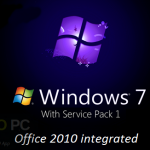 Download Windows 7 Ultimate with Office 2010 Aug 2017
Download Windows 7 Ultimate with Office 2010 Aug 2017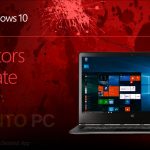 Windows 10 Enterprise Creators Update x64 ISO Download
Windows 10 Enterprise Creators Update x64 ISO Download Windows 10 All in One 16294 32 / 64 Bit ISO Sep 2017 Download
Windows 10 All in One 16294 32 / 64 Bit ISO Sep 2017 Download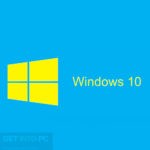 Windows 10 32-Bit All in One ISO Aug 2017 Download
Windows 10 32-Bit All in One ISO Aug 2017 Download Windows 7 All in One Apr 2019 Free Download
Windows 7 All in One Apr 2019 Free Download






